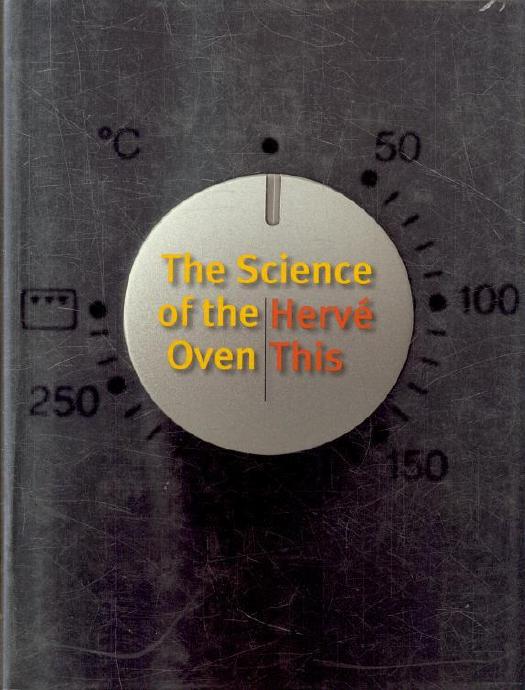The Science of the Oven by Hervé This

Author:Hervé This
Language: eng
Format: mobi, epub, pdf
Tags: Technology & Engineering, Food - Sensory Evaluation, food, Science, Cooking, Food Science, General, Gastronomy, Food - Analysis, Analysis, Sensory Evaluation, Essays, Composition, Food - Composition, History
ISBN: 9780231147064
Publisher: Columbia University Press
Published: 2007-01-02T00:00:00+00:00
WEAKENED CELL WALLS
Consistency is altered by physical and chemical actions. First of all, a hard vegetable mass can be divided up and rendered more easily assimilable. Since each plant cell is enclosed by a resistant cell wall, made (essentially) of cellulose and pectin, there is much advantage in attacking that wall and, especially, in breaking up the intercellular cement. Heat acts in this way, but chemistry offers other possibilities as well. For example, twenty-first-century cooks can use enzymes called pectinases, which degrade pectins. They can also add a basic compound (sodium bicarbonate, for example) to the cooking water in order to make the pectin molecules’ carboxylic acid groups (-COOH) lose their hydrogen atoms, giving them the electrically charged form (-COO-), which results in repulsions that favor the tenderizing of vegetables. They can also use calcium complexants. This divalent ion links the pectins; by capturing it such bridging can be avoided and the vegetable tenderized.
Cooks can also prompt osmosis, which softens vegetables. Soaking a cucumber in salt makes it lose its crispness, as does soaking it in soy sauce, sugar, an acid (lemon or other fruit juice, vinegar, beer, wine . . .), just as alcohol modifies turgescence.
Download
The Science of the Oven by Hervé This.epub
The Science of the Oven by Hervé This.pdf
This site does not store any files on its server. We only index and link to content provided by other sites. Please contact the content providers to delete copyright contents if any and email us, we'll remove relevant links or contents immediately.
Whiskies Galore by Ian Buxton(41880)
Introduction to Aircraft Design (Cambridge Aerospace Series) by John P. Fielding(33064)
Rewire Your Anxious Brain by Catherine M. Pittman(18553)
Craft Beer for the Homebrewer by Michael Agnew(18140)
Cat's cradle by Kurt Vonnegut(15186)
Sapiens: A Brief History of Humankind by Yuval Noah Harari(14252)
Leonardo da Vinci by Walter Isaacson(13182)
The Tidewater Tales by John Barth(12608)
Thinking, Fast and Slow by Kahneman Daniel(12075)
Underground: A Human History of the Worlds Beneath Our Feet by Will Hunt(12024)
The Radium Girls by Kate Moore(11921)
The Art of Thinking Clearly by Rolf Dobelli(10223)
A Journey Through Charms and Defence Against the Dark Arts (Harry Potter: A Journey Throughâ¦) by Pottermore Publishing(9232)
Mindhunter: Inside the FBI's Elite Serial Crime Unit by John E. Douglas & Mark Olshaker(9201)
Tools of Titans by Timothy Ferriss(8218)
Wonder by R. J. Palacio(8010)
Turbulence by E. J. Noyes(7936)
Change Your Questions, Change Your Life by Marilee Adams(7635)
Nudge - Improving Decisions about Health, Wealth, and Happiness by Thaler Sunstein(7615)
